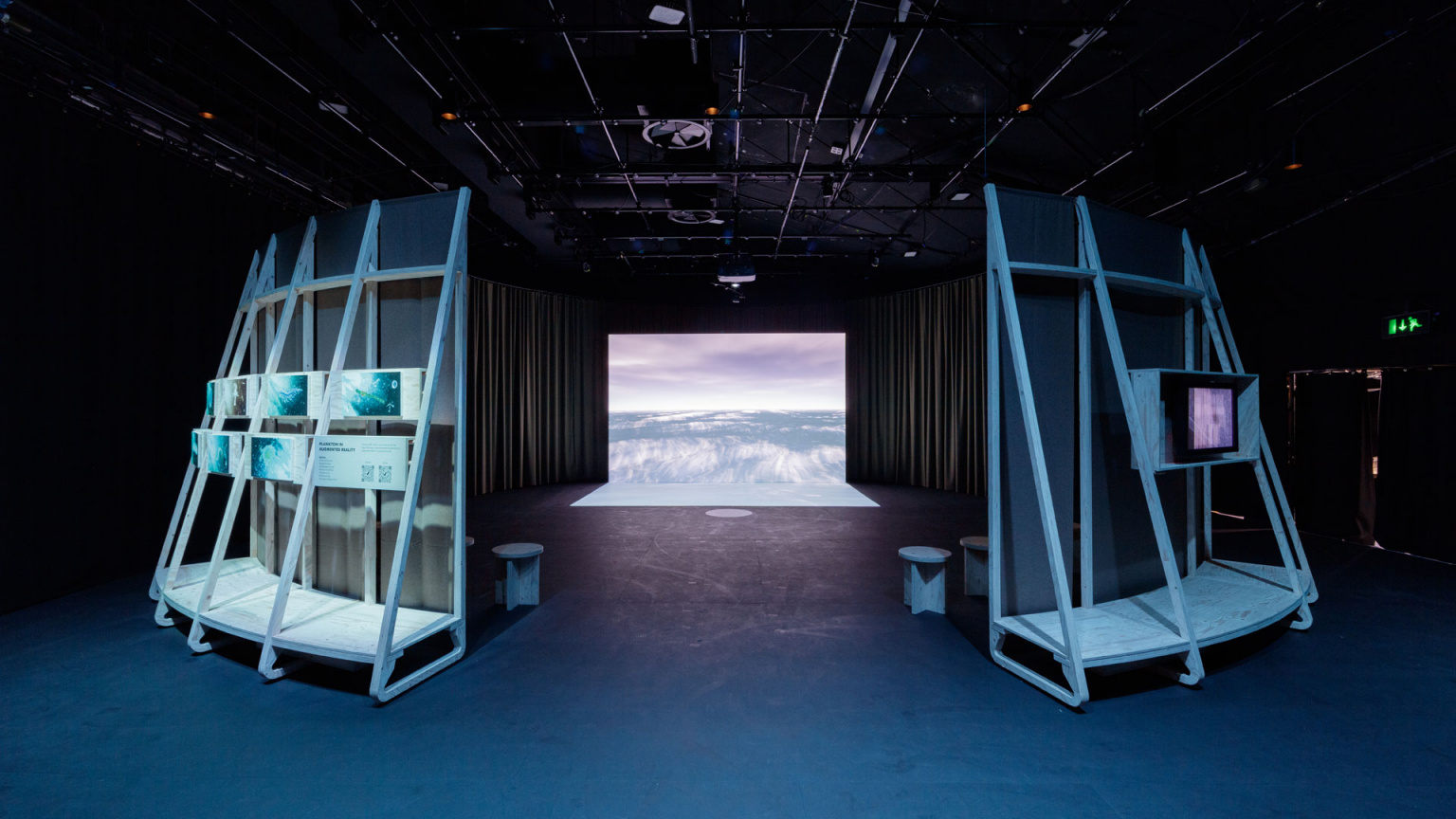Design Week’s biggest exhibition stories of 2022

by IBRAHIM
Design Week’s biggest exhibition stories of 2022

Our most popular exhibition stories of 2022 spanned “the beautiful game”, a glass lift in Battersea Power Station’s chimney and the notion of “uncivic space”.
As the FIFA 2022 World Cup draws to a close, with viewing figures approaching 5 billion despite this year’s controversies, it may be unsurprising that the Design Museum’s Football: Designing the Beautiful Game was one of our most popular exhibition stories of 2022.
Exploring how design has always been a integral part of football’s story, the exhibition’s five sections covered performance, identity, crowds, spectacle and play and looked into the design of the ball itself, the stadiums, kits, branding and more.
However, the exhibition also explored more “informal” design outputs, as curator Eleanor Watson called them, such as Liverpool supporter Peter Carney’s banners, as well as unusual items such as the carefully crafted “hooligan calling cards”, designed by rival teams to be dropped at the site of brawls.
Interactive elements included an area for children to design their own football kit by Lima studio, and an immersive half-time room by the exhibition’s 3D designers OMMX where visitors can take a rest on tiered seating and watch clips from classic matches. OMMX director Jon Lopez explained that the contradictions of stadium interiors, which feel open despite being enclosed, influenced the look and feel of the exhibition, with its mesh room separators and undercurrent of crowd noise.
Earlier this month, we looked at Battersea Power Station’s new Lift 109 experience. Installed in one of the building’s recognisable chimneys, the circular glass lift rises to 109 metres, ending at the top of the chimney to offer visitors a 360-degree view over London.
Spanning the before, during and after of the journey in the lift is an interactive exhibition designed by Ralph Appelbaum Associates (RAA) with media design from Squint/Opera.
It explores the history of the power station through different strands, looking at the technology through which it made power, the design of the building, the stories of its former workers and its wider cultural influence – long visible on the London skyline and used as a backdrop for music videos and concerts.
Elements such as an interactive table, LED screens, a large light installation, an immersive waiting room and choreographed sound and lighting in the lift itself all work together to create a narrative for the exhibition – with the moment visitors pop out the top of the chimney the “emotional crescendo” explained Phillip Tefft, director of RAA.
In May, we looked at the Barbican’s exhibition about the Earth’s future – and the role art, design and science will play in shaping it – curated by FranklinTill and designed by Universal Design Studio with graphics by Hato.
“There is more scientific evidence than ever demonstrating the amplitude of the climate emergency,” explained Franklin and Till. “Science is essential – there’s no doubt about that – but art, design and culture have the power to move us [into taking action].”
Among the “radical visions” for a sustainable future were a video installation about the life of trees, an interactive installation looking at how to improve life in cities while simultaneously fighting the climate crisis, and a piece from indigenous-led Brazilian collective Selvagem about connecting to the living environment.
The exhibition design was similarly ambitious. Each space of the exhibition was shaped by modular plywood structures, fitted with panels of experimental materials designed to mirror the themes and content of the exhibition. Examples included corrugated sheet panels made from hemp fibres before being bound in sugar-based resin, and a leather-like material made from the inner bark of pine trees.
In April, we reported on the British Library’s exhibition Breaking the News, which looked at five centuries of the news industry, from physical newspapers to the age of social media.
With a range of items on display, covering pamphlets on the English Civil War as well as Brexit memes, the exhibition also touched on how narratives can be politicised and the question of the media’s trustworthiness. As the exhibition’s lead curator Luke McKernan told Design Week, “there has never been a time when news has been so hotly debated, so sought after and so diverse in its forms.”
2020’s Stay Alert lockdown campaign and Marie Colvin’s report on Homs in 2012 were stories featured in the exhibition, which each “tell us something different about why the news matters”, McKernan said.
2D and 3D design by Northover&Brown looked to evoke a “news environment” while also using an underlying grid to anchor both physical items and the more ephemeral digital content on display.
Dn&co was behind the concept and design of the Uncivic Space exhibition at the London Festival of Architecture, which explored the subject of “defensive design”, or “hostile architecture” – where design seeks to manipulate how a space is used and deter some people from using it.
Covering the varied forms defensive design might take, the show was split into five sections: noise, surveillance, light, pain and obstacles. Featured designs ranged from pigeon spikes to the blue light used in public toilets to make veins less visible for drug users, to the Camden Bench, which may have “won a lot of different awards”, Patrick Eley, Dn&co creative director commented, “but it was designed so that the homeless can’t sleep on it”.
Eley explained that although defensive structures such as medieval castles or the Great Wall of China have displayed this form of architecture, its current form is “more insidious and less visible”.
Recommended Posts

NB invites local designers centre stage for Vineyard Theatre rebrand
February 24, 2023

“AI revolution” will change way design studios look within three years
February 24, 2023

Rbl rebrands ZSL with ecosystem-inspired identity
February 23, 2023

